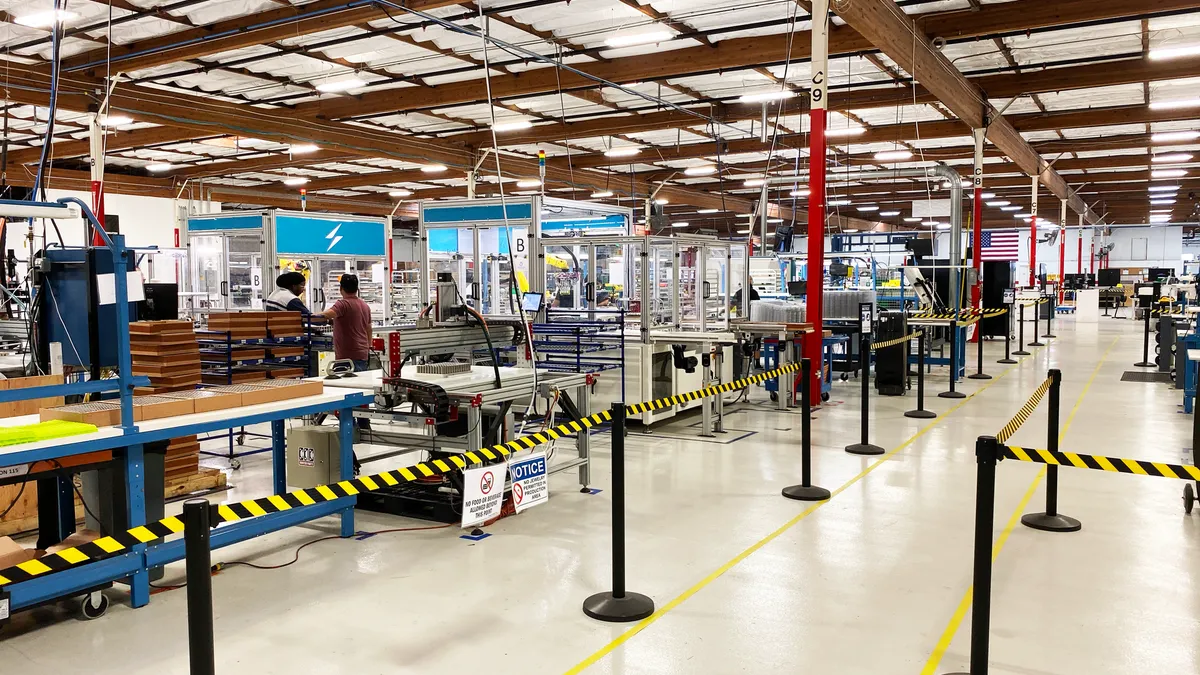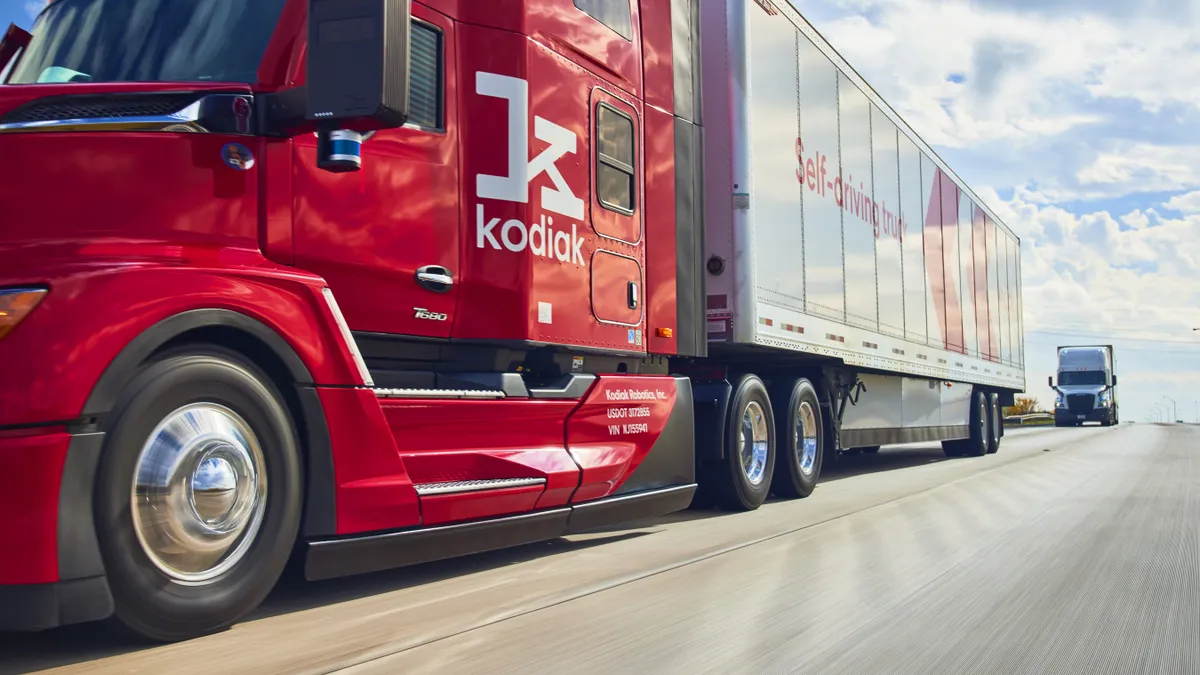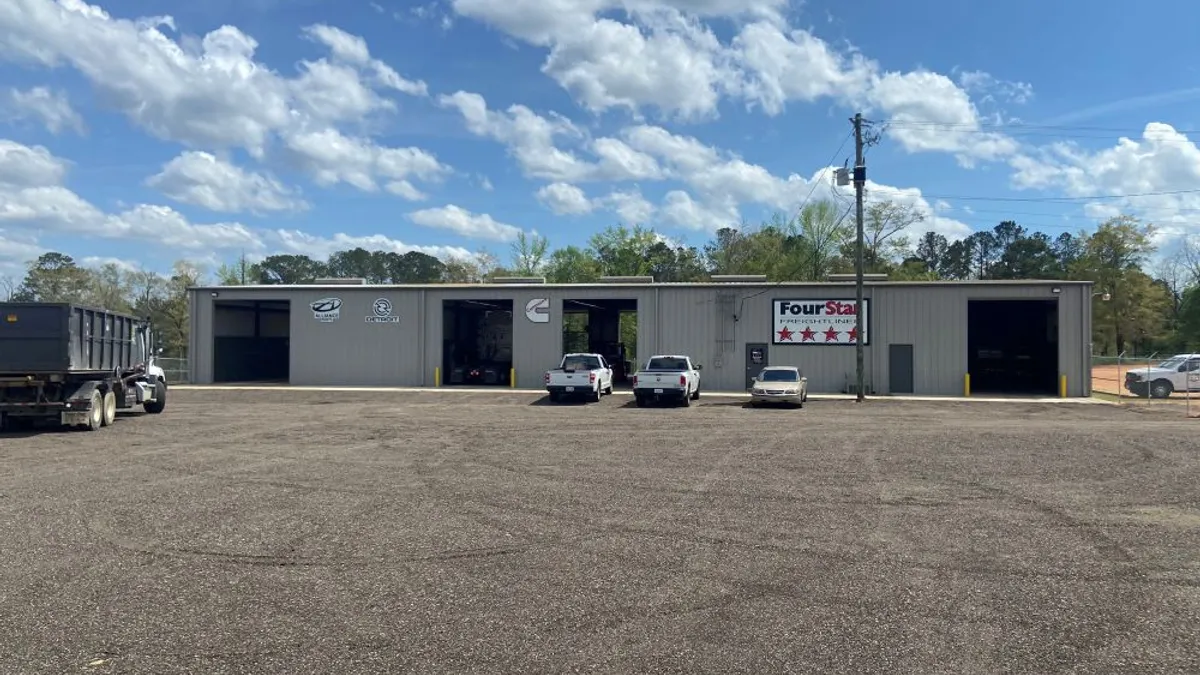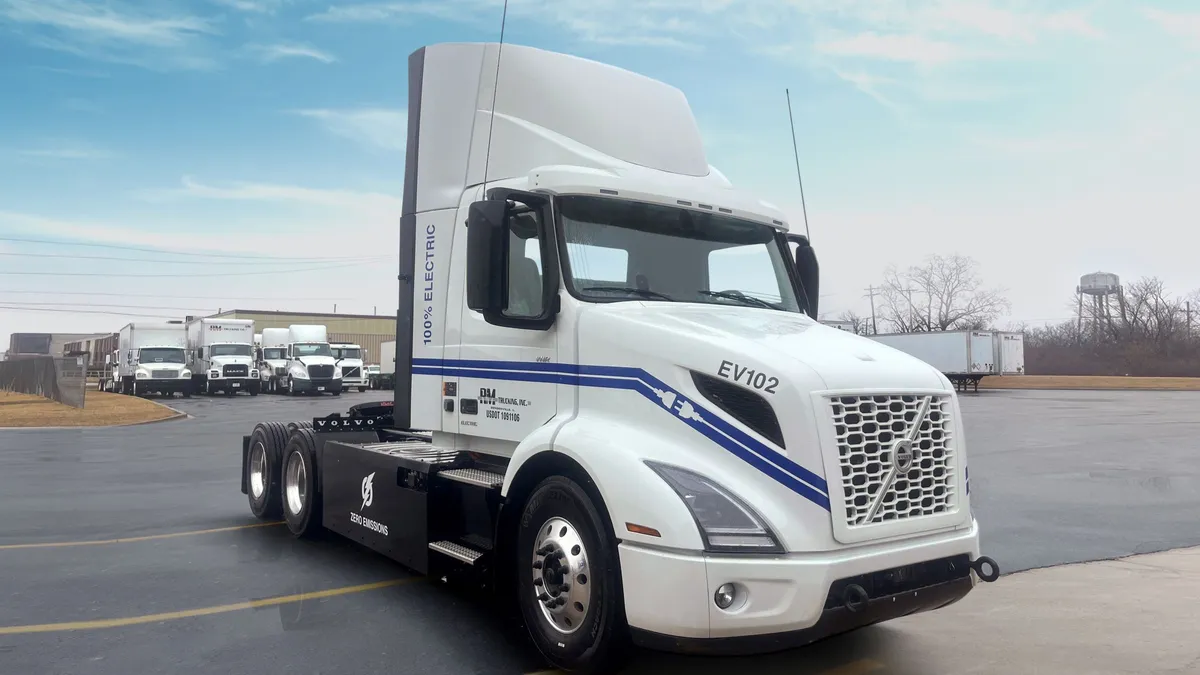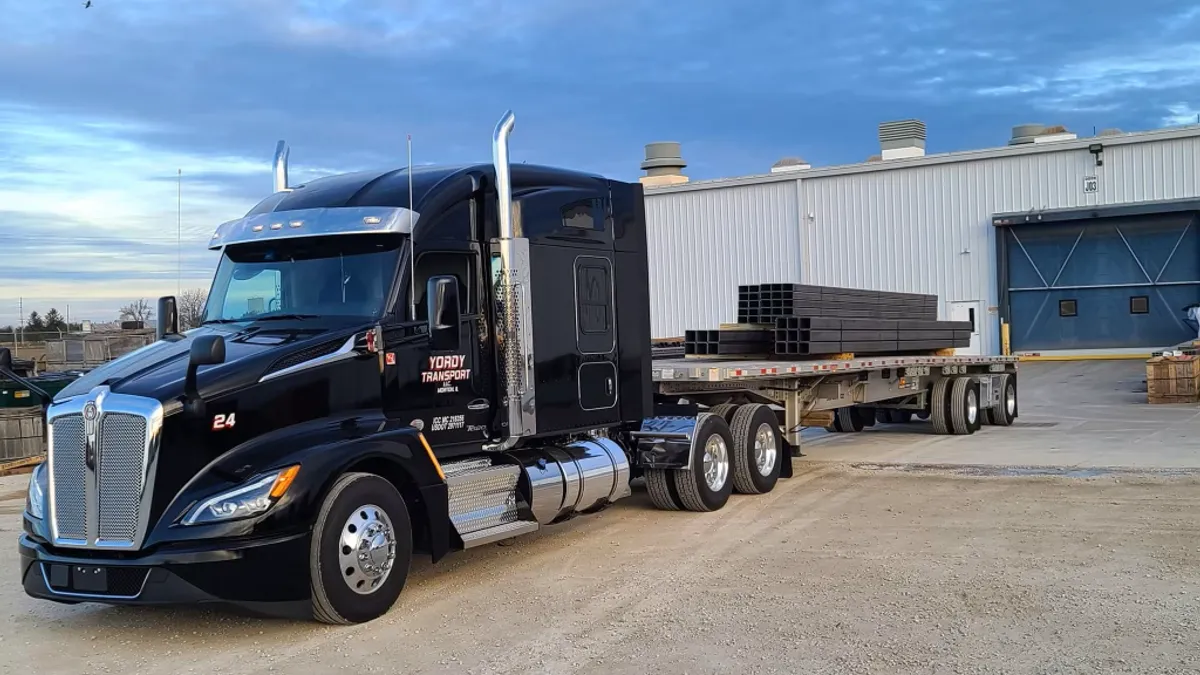The new year has brought a string of business partnerships for the electrification of refuse trucks, as companies tap into mounting U.S. enthusiasm across electric vehicle types.
Major public companies — including Waste Management, Waste Connections, and Republic Services, in addition to private haulers like Recology and some municipally run fleets — have previously tested an array of electric technologies to varying degrees.
While EVs may be one tool to help companies improve on climate targets, the industry is, in some cases, still favoring other options, such as compressed natural gas, citing adoption cost and functionality constraints that have plagued previously available electric technologies.
The Biden administration has been vocal about embracing EVs, pledging to electrify the entire federal fleet. And the public markets, particularly with the boom in special purpose acquisition companies, have supported EV-makers' prospects.
The enterprise value of SPAC transactions announced or closed in the past year focused on commercial vehicle electrification exceeded $11 billion at the time they were announced, according to Oppenheimer & Co.'s compilation of public announcements. Their value now far exceeds that amount, said senior research analyst Noah Kaye, and there's also been a notable number of M&A deals focused on commercial vehicle electrification.
Waste is among the industries exploring that trend. "We are seeing this acceleration in piloting activity. We are seeing a proliferation of competitive offerings, and partnerships between incumbents and established companies, between startups and other startups — a very rich constellation," Kaye said. "Ultimately, this is all positive for adoption trends in the industry, because the more and more solutions there are, certainly the more investment that's brought to bear, lowering the costs, the quicker the adoption curve will be for the industry."
"The more investment that's brought to bear, lowering the costs, the quicker the adoption curve will be for the industry."

Noah Kaye
Senior Research Analyst at Oppenheimer & Co.
One of those companies riding the SPAC wave is battery-maker Romeo Power, which went from a startup founded in 2016 to a publicly traded firm at the end of 2020 via the blank-check company approach.
That decision to go public in part allows the company to continue scaling production capacity after having been "heads down in stealth mode" for years, said CEO Lionel Selwood Jr. Goals for 2021 and beyond include achieving a 15-minute charge time and the ability to drive 500 miles on a single charge. About 20 minutes for a fast charge is already possible, Romeo indicated.
Among Romeo's board members is Republic Services COO Tim Stuart. The two companies announced a strategic alliance agreement last month that initially entails two Republic refuse collection vehicles being retrofitted with electric motors and Romeo battery packs. More broadly, the companies will collaborate to determine key performance metrics going forward for Romeo's technology in Republic's fleet, which represents approximately 16,000 vehicles.
That tie-up followed Republic's update in December it would no longer work with Nikola, thereby canceling the potential for up to 5,000 electric collection vehicles in what had been the industry’s largest EV truck order prospect. At the time, Republic cited unexpected costs and longer than anticipated development time as the reason for parting ways. The company also said it planned to "make additional purchases from various suppliers in 2021."
Selwood said he believes the new administration's support for fleet electrification, even if outside of waste, is helping accelerate conversations between partners. "What it's doing is allowing the industry to finally take electrification as serious."
Recent months have also seen Romeo ink partnerships with Lion Electric, yet another company pursuing the SPAC route, and Heritage Environmental Services. The Lion tie-up, announced in November, is a five-year production contract for electric trucks and buses worth $234 million, which Romeo said is its eighth production contract in North America and "nearly doubles our contracted revenue to date."
Meanwhile, Heritage and affiliates plan to purchase 500 battery-electric vehicles to be implemented between 2022 and 2025, with a longer-term goal of reaching 2,000 electrified trucks. US Ecology has also expressed interest.
"Our fleet manager partners, Heritage and Republic, they realize that the key differentiating factor to electrification is the battery. And that's why they partner directly with us," Selwood said.
"Our fleet manager partners ... they realize that the key differentiating factor to electrification is the battery. "

Lionel Selwood Jr.
CEO of Romeo Power
XL Fleet, a Boston-headquartered commercial and municipal fleet electrification specialist, also went through the SPAC process at the end of 2020. XL Fleet recently announced it's partnering with Iowa-based refuse truck OEM Curbtender on development of battery-electric and plug-in hybrid electric commercial trucks for use in the waste management space.
Within the next year, the companies aim to launch a battery-electric refuse vehicle that has a rear loader truck body with an electric propulsion system.
XL Fleet said the refuse truck segment is worth $7 billion among the broader global commercial fleet opportunity. The partners acknowledged that achieving the right balance of factors such as power, weight, range and cost has evaded the market in recent years.
"There are some very demanding aspects of refuse collection and combine that with how high the costs of the systems have been and that's really what's been limiting adoption," said XL Fleet CEO Dimitri Kazarinoff. On the flipside of that: "There's a lot of pent-up demand."
Curbtender CEO Kevin Watje has a similarly bullish view and sees existing municipal customers, large haulers and California operators being among the likely early adopters. "Our customer base has been very eager [for] electric trucks. We could have sold perhaps hundreds of trucks already had we just had an electric vehicle that would integrate properly and work for our body."



